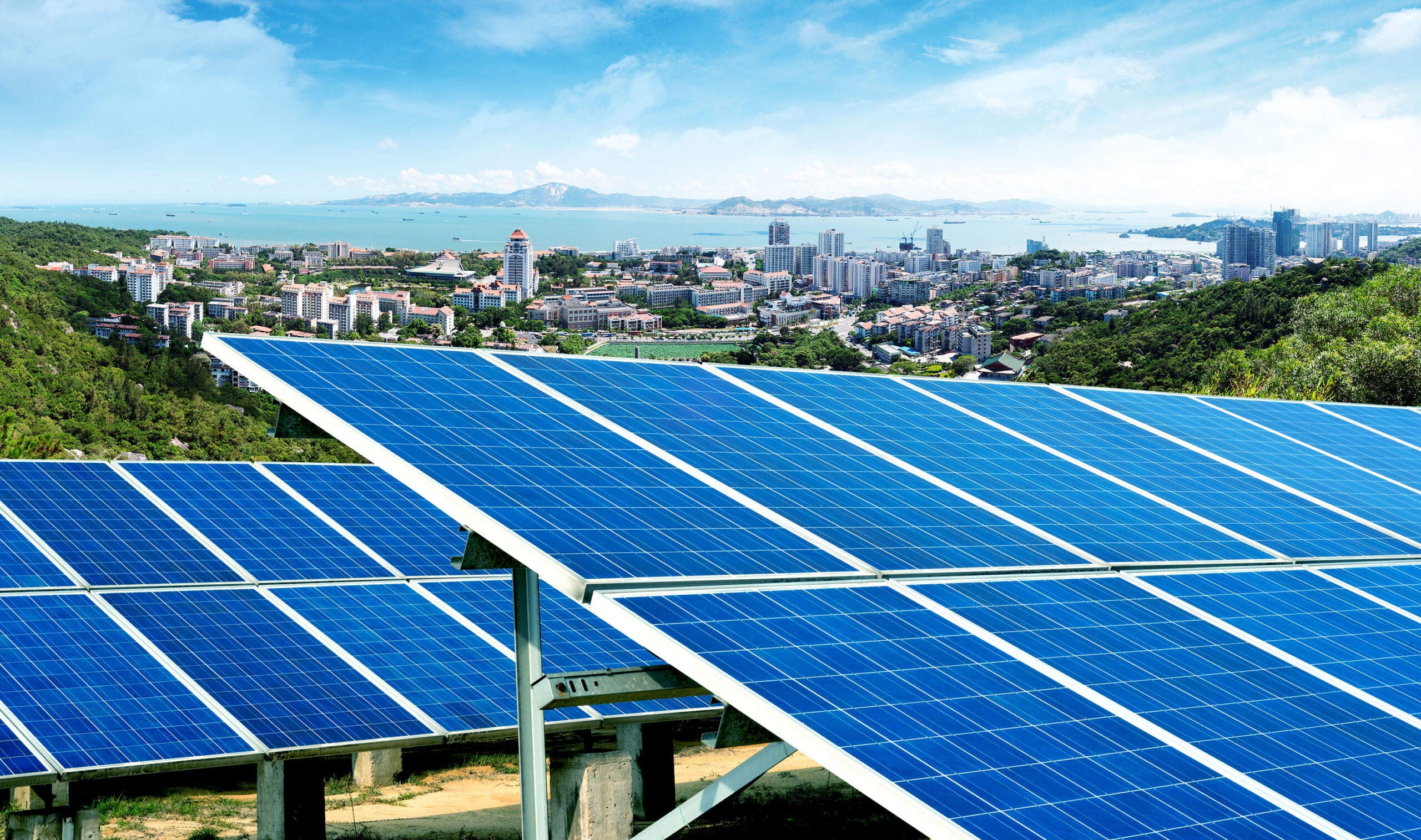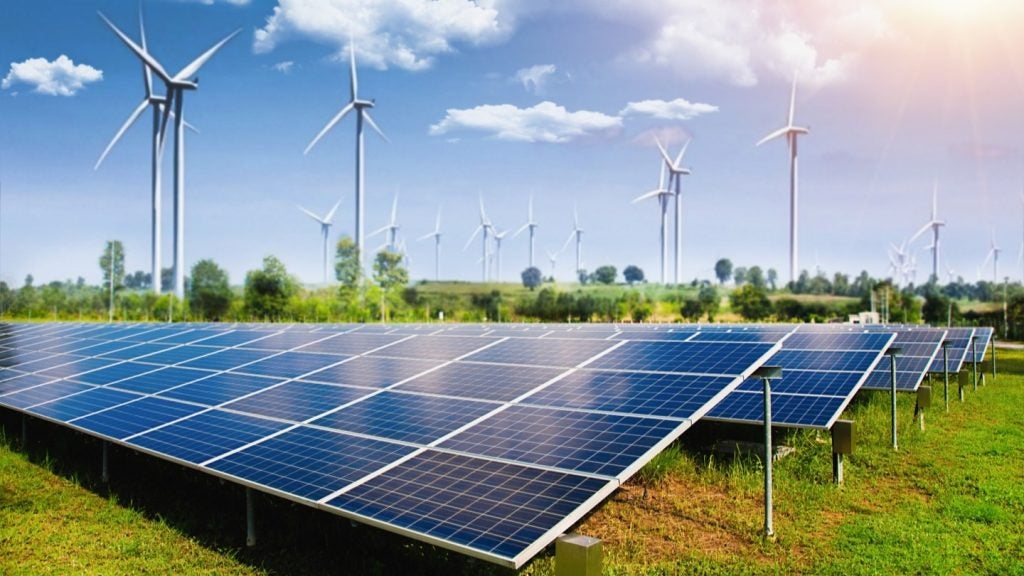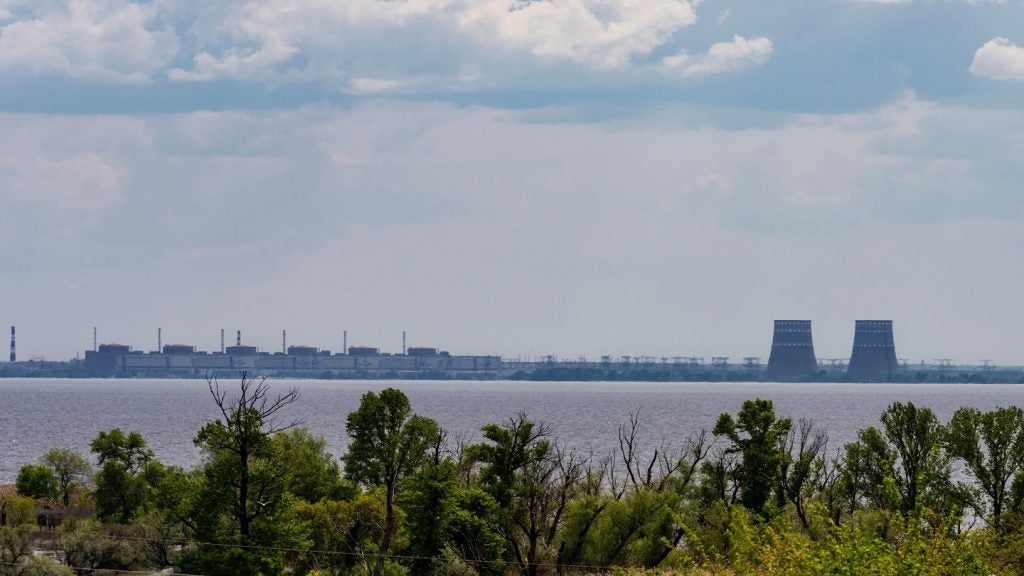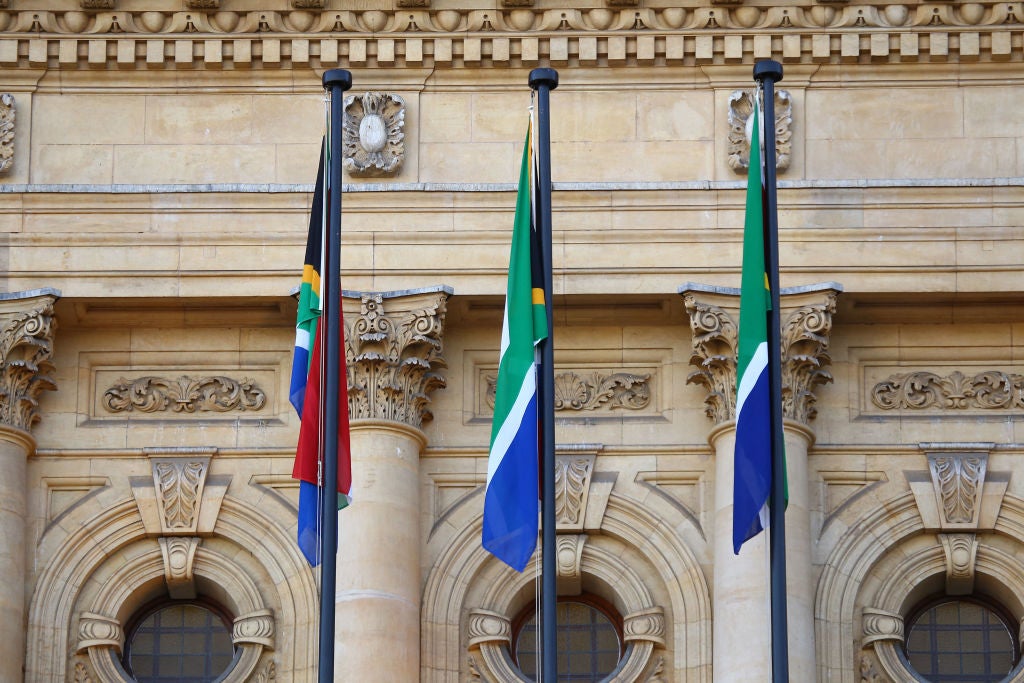
The CDP, formerly the Carbon Disclosure Project, is an NGO that helps measure and manage climate change. The organisation recently revealed that the number of cities running on at least 70% renewable energy has more than doubled since 2015. Of the 570 cities it holds information for, 101 rely on renewable sources such as hydro, geothermal and wind for 70% of their energy demand, and 40 of those are operating on 100% renewable energy.
This represents an important step forwards in the fight again climate change, particularly in an increasingly urbanised world. “Cities are responsible for 70% of energy-related CO2 emissions and there is immense potential for them to lead on building a sustainable economy,” said CDP’s director of cities Kyra Appleby. “Reassuringly, our data shows much commitment and ambition.”
More and more cities are aiming to transition to an entirely renewable energy mix, including 80 in the UK and 58 in the US. “While the transition is challenging, we know it is feasible,” says Appleby. “If these cities can do it, then as the costs continue to fall and technical innovations in battery storage and smart grids continue to develop, the world’s other cities can follow their lead.”
Burlington, Vermont
Burlington is the only US city reporting to the CDP to have achieved reliance on 100% renewable energy sources. It uses a number of sources, biomass making up the greatest part and providing 44% of its power.
“Burlington is proud to have been the first city in the United States to source 100% of our power from renewable generation,” said Burlington Mayor Miro Weinberger. “Through our diverse mix of biomass, hydro, wind, and solar, we have seen first-hand that renewable energy boosts our local economy and creates a healthier place to work, live, and raise a family.”
How well do you really know your competitors?
Access the most comprehensive Company Profiles on the market, powered by GlobalData. Save hours of research. Gain competitive edge.

Thank you!
Your download email will arrive shortly
Not ready to buy yet? Download a free sample
We are confident about the unique quality of our Company Profiles. However, we want you to make the most beneficial decision for your business, so we offer a free sample that you can download by submitting the below form
By GlobalDataBrasília, Brazil
There are more Brazilian cities listed by CDP running off renewable energy than all of Africa, Asia and Europe combined. This is predominantly due to the country’s vast hydropower resource, which allows 47 cities in Brazil to source 70% of energy demand from renewable power. This is mirrored throughout South America, where 57% of the cities on CDP’s list are located. Hydropower was the most used renewable resource, with 275 cities out of the 570 CDP looked at using it within their power mix.
Brazil’s capital Brasília, with a population of 2.5 million, is one of those reliant of hydropower for all of its electricity. Whilst hydro is by far the most popular source of power on CDP’s list, it is also one of the most variable. “We’ve seen the production of electricity from hydropower drop drastically from one year to the next due to drought in some Latin American regions,” says Appleby. “Cities in the developing world, especially in Latin America, are beginning to understand the need for diverse energy for truly sustainable power generation that truly considers the local environment and population.”
Inje, South Korea
No CDP-tracked city in Asia is currently capable of running 100% from renewable energy, although Appleby highlights that this is partly due to lack of disclosure. “The more cities disclose to us, the more we can give a full picture of the global energy transition,” she says.
However throughout the continent there have been massive steps towards embracing solar power in particular in recent years. For example, in 2016 China accounted for half of the solar panels installed worldwide.
Inje, in South Korea, is the only Asian city on CDP’s list and is currently meeting 93% of its needs with renewables, 47% of which is wind. Solar, geothermal, hydro, and biomass also contribute to Inje’s power mix, making it one of the most diverse in the CDP list.
Reykjavík, Iceland
As the only country in the world that has made the transition to 100% renewable energy, Iceland is often looked to as a shining example of clean energy policy. Like many of the other cities listed by CDP, its geographical advantages have greatly helped, with abundant hydro and geothermal resources on the volcanic island.
“Many of the cities that disclose they are sourcing 100% of their electricity from renewables have taken advantage of their local natural capital, such as geothermal potential or rivers for hydropower,” says Appleby. “However the wide range of renewable energy technologies means there is something for every geography. There’s no one size fits all approach to transitioning to renewable electricity, with our data showing a diverse mix of energy sources.”
Reykjavík became the first European city to run entirely on renewable energy, relying on hydro for 70% of its electricity needs, and the further 30% is met by geothermal which also plays a large role in space and water heating. It is estimated that Iceland saved $100m in fossil fuel import costs by using geothermal for heating alone.
Quelimane, Mozambique
As a continent, Africa has been slow to adopt renewable technologies, hampered by limited electrification and lack of investment. However this is changing, and in the first six months of 2017, $236m was invested in renewable energy projects throughout Africa, particularly solar power projects.
“It’s interesting to look at the growth of solar in Africa,” says Appleby. “Solar already provides over 5% of the total electricity supply for the cities of Harare, Dar Es Salaam and Mazabuka. Meanwhile, Kananga (DRC), reports that it sources 30% of its electricity from solar. Especially useful in rural low-income areas, off-grid solar is often the fastest and most cost-effective way to bring electrification to these areas as it does not require the extensive infrastructure investment that fossil fuel energy needs.”
Nine cities in Africa are currently using 70% renewable energy or greater, despite a lack of disclosure to CDP. Three of these cities now rely on hydropower for all of their energy needs, including Quelimane in Mozambique. The seaport is the second most populous city in Mozambique, its 3.85m inhabitants benefiting from energy generated solely by hydropower.
Throughout the world, adoption of renewables is picking up pace. However, even as costs drop, cities must still struggle against challenges such as a lack of political leadership and the control utilities hold. CDP is hoping that by highlighting successes, cities can learn from each other and ease the transition to 100% renewables.
“Information is key to a fast transition, as it empowers cities to prioritise the actions that matter,” says Appleby. “Without understanding what really works, cities risk losing the window of opportunity to act and meet their goals. Data helps develop insights, and aids management and co-ordination in taking effective environmental action. This is why disclosure is the first step to building sustainable economies. We call on all cities to disclose to CDP in 2018 during May – June.”








